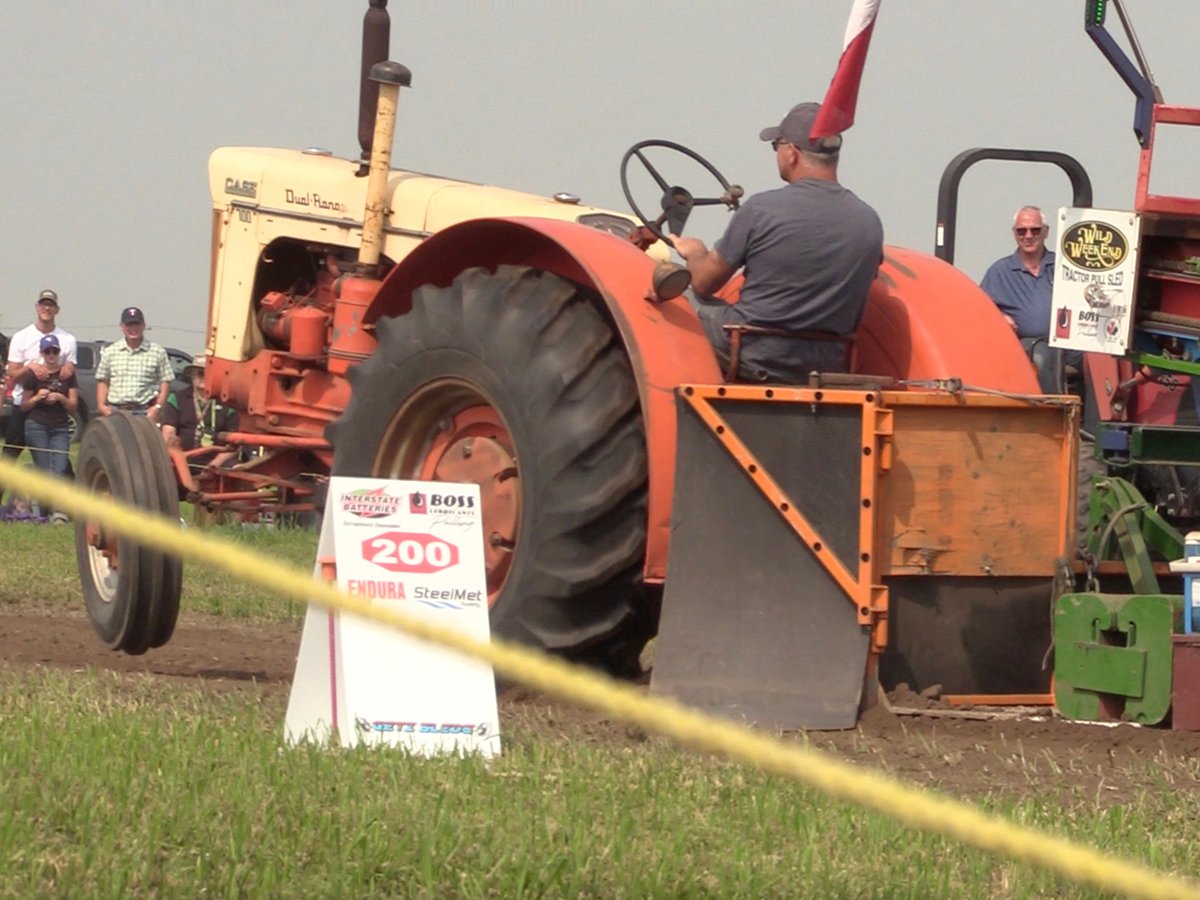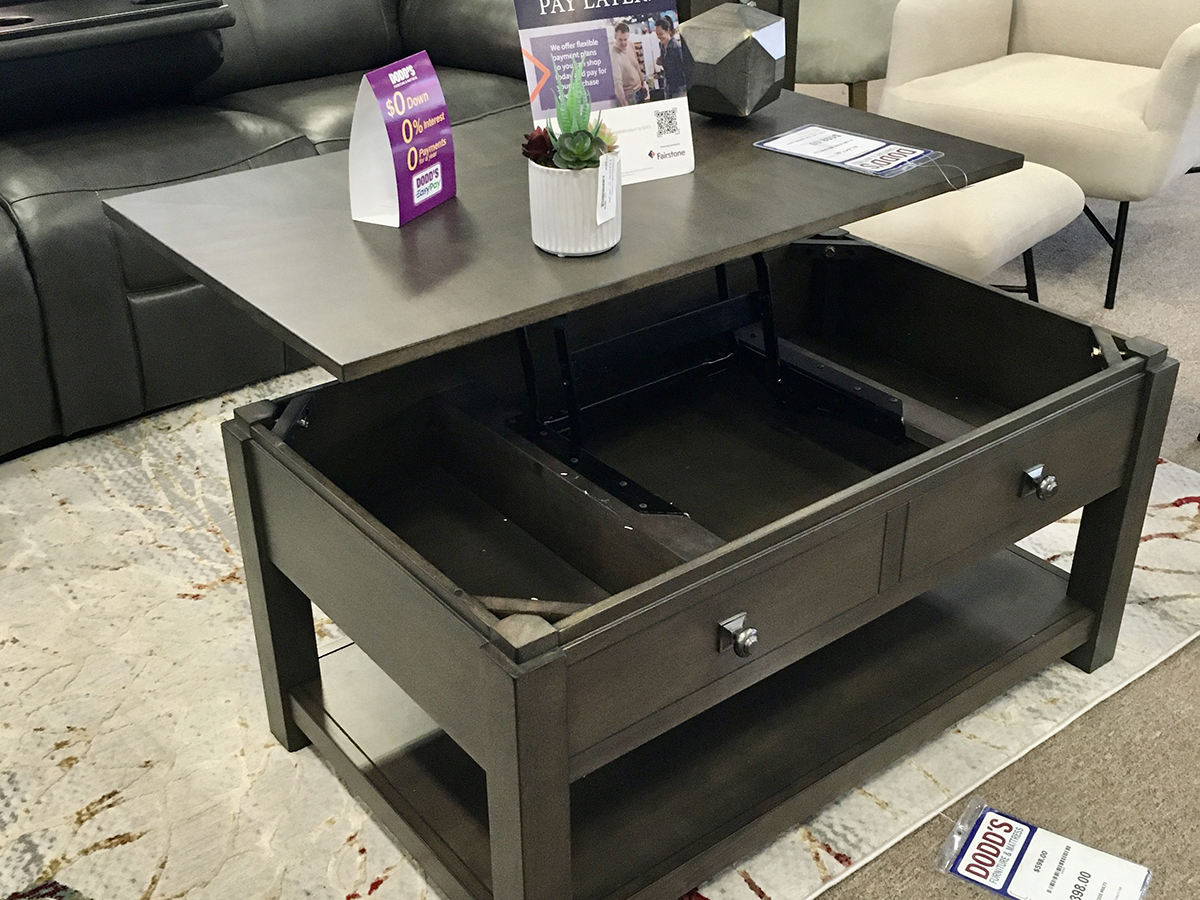Downsizing one’s living arrangements requires a certain creativity.
Whether it is empty nesters or older children leaving the nest, both situations may lead to a search for a smaller home than one is accustomed to. The move from a large five bedroom house with a basement to a two bedroom apartment won’t happen overnight. It takes time to plan.
The first step is to divest yourself of as much stuff as you can. How do you do this?
Read Also

Vintage power on display at Saskatchewan tractor pull
At the Ag in Motion farm show held earlier this year near Langham, Sask., a vintage tractor pull event drew pretty significant crowds of show goers, who were mostly farmers.
Purging is difficult but so important. Other than items of true sentimental value, if it hasn’t been used in the past two or three years, chances are that you do not need it.
As you go through your stuff, pile the things you don’t want in the middle of the living room or some other large open space. This will give you a visual idea of the job ahead.
However, the hard part is not choosing what to get rid of but finding new homes for it.
Here are some ideas for getting rid of almost everything.
You can try “buy nothing groups,” online markets and garage sales. However, they may be more work than it’s worth. And be careful of scams. Be prepared to tell a story about the item, such as why you are parting with it or how you came to own it in the first place, to garner more interest from prospective buyers. And don’t try selling Christmas ornaments in July. Sell in season.
The Kidney Foundation takes a variety of items including household goods, tools and notably vehicles. A tax receipt is issued for the vehicles.
Donate to the SPCA, community groups, schools, shelters. I donated all my cookie cutters to an inner city elementary school so they could be used for creative projects. The children were thrilled.
Donate women’s business attire to Dress for Success.
Donate unopened hygiene products to the Elizabeth Fry Society or women’s shelters.
Donate unopened food to the food bank. Check their guidelines.
Use donation bins for clothing.
Habitat for Humanity takes furniture and home repair and building supplies. It sells a wide range of items at its ReStore centres.
Salvation Army Thrift Stores take a wide range of items.
Sell at consignment stores. Visit them first to see what types of items they sell and then make an appointment for them to look at what you have to offer. They will be extremely picky, so don’t get your hopes up.
Give to family members but chances are they won’t want it. The young want to build their own life rather than continuing to live in their parents’ homes.
Donate vintage photographs and artifacts to historical museums and universities. I donated my grandmother’s original university degree from 1909 to her college in Wisconsin. They were delighted to get it and add it to their archives. Give pictures of friends and family to their children. They may not have many pictures of their own.
Recycle as much as possible. Take files in to be shredded and recycled. Take old small and large appliances that no longer work in for recycling. Take old eyeglasses to your optometrist for reuse.
Books and cookbooks could be taken to small street-side little libraries. Used bookstores may buy them. They could be donated to prison libraries or public libraries.
And for whatever is left over, there are junk removal services. Many make an effort to find recycling for items.
Here’s how to prepare items for donation.
Pack similar items together and ensure the boxes are properly labelled.
Do not donate broken, torn or dirty items.
Remove batteries from toys or any other electronic gadget.
Place books vertically in boxes to prevent them from bending or tearing.
Fold the clothes neatly and keep them in bags and boxes to keep them organized.
Wrap furniture in blankets to avoid damage during transport.
Another consideration is the storage space you will have in your next home. Many factors play into the amount of storage one is able to create in the new smaller abode.
Consider the wall space, which larger pieces of furniture require.
Another factor is the age of the property. Homes built before the 1970s have less storage, but they may also have features you may not use but that could be creatively used to house some of your possessions.

Use unusual spaces, such as a vintage fireplace that you are not using. The hearth could provide a perfect place to showcase rustic or antique collectibles.
All that built-in shelving around the fireplace could be used for functional storage rather than just for decorative purposes. Glass items display nicely.
Consider furniture with bonus storage. Furniture such as beds and tables can have storage spaces built into them. Beds that allow for the mattress to be raised allow for easily accessible storage underneath. A coffee table with a top that swings up can store games, napkins and other items used in that room. Decorative chests and baskets can also serve as additional storage.
Use plastic tubs to compensate for the lack of drawers. Store spices and measuring tools in a tub on an under-cabinet shelf. Store medical items in a small tub in the bathroom wall cabinet. This is much better than rifling through a lot of jars on a shelf.
I have downsized a few times over the past few decades, and I now find myself back in an 800 sq. foot apartment.
Albeit, it’s a one bedroom and the rooms are spacious. Not only do I have spacious rooms, but the apartment is in a large historic home that was built in the 1920s. It was first sectioned into apartments during the Second World War and then again into smaller apartments at a later time.
It would be repetitive to say that the apartment has the charm from an earlier era, but it does need that creative touch to find a place for everything.
Sarah Galvin is a home economist, teacher and avid supporter of local food producers. She has been a market vendor, grew up on a farm in southeastern Saskatchewan and is a member of TEAM Resources.


















